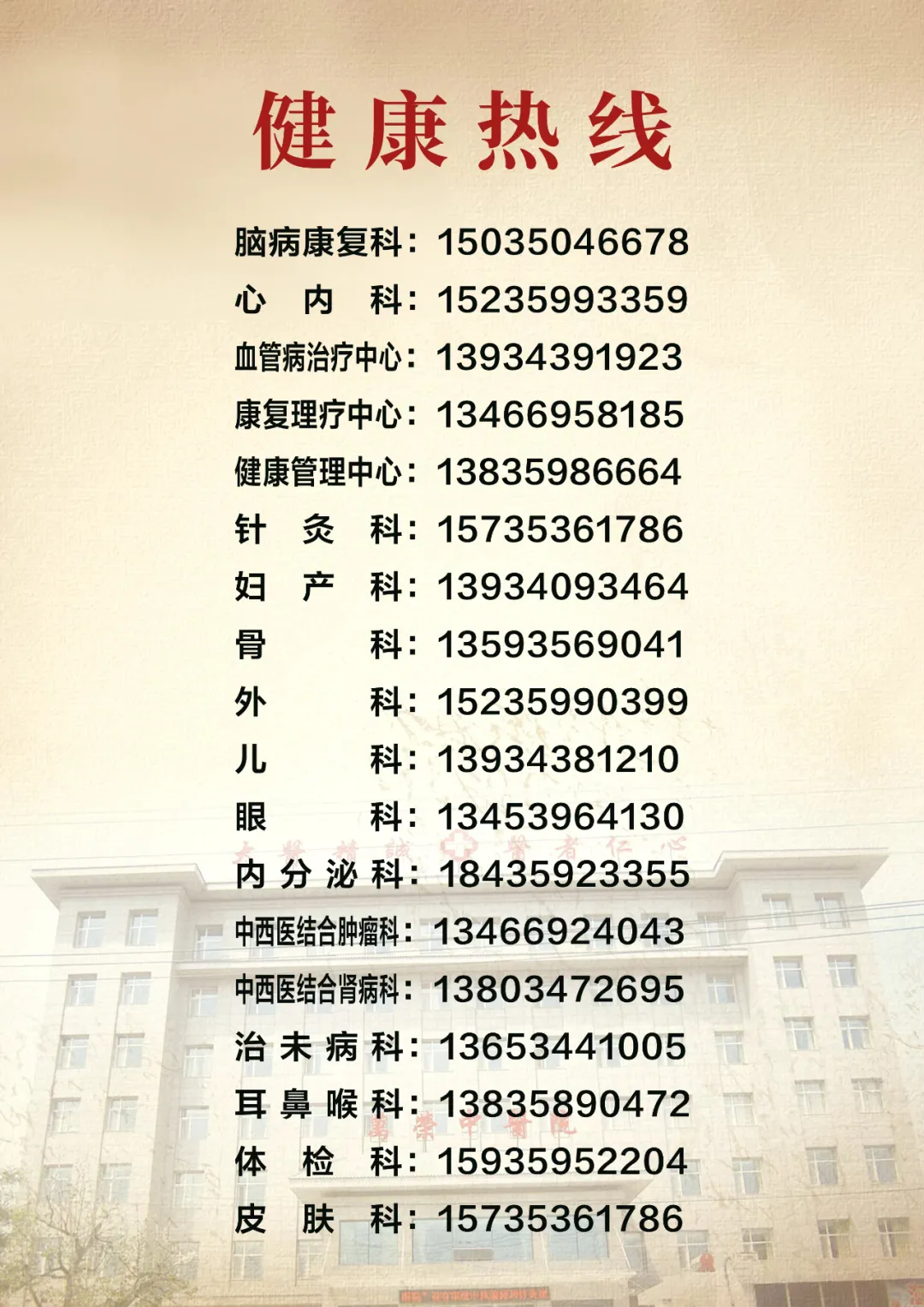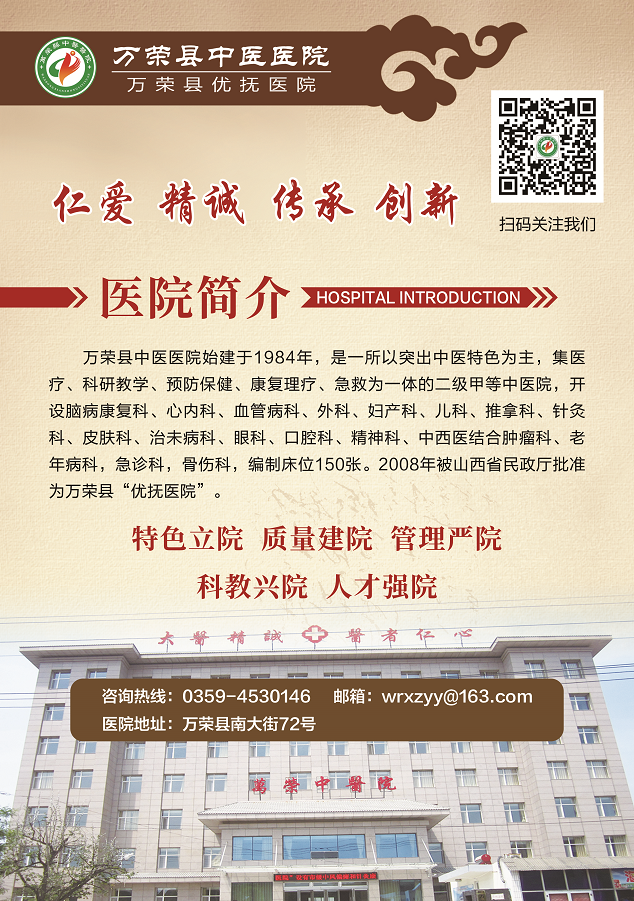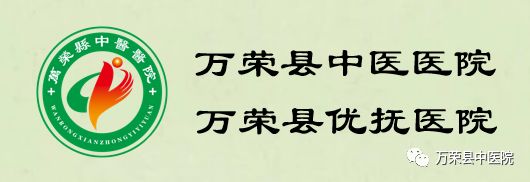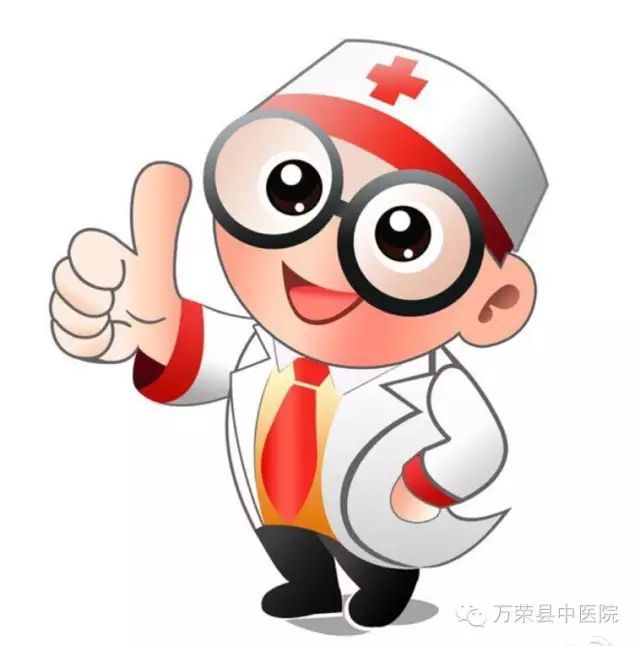
A public platform focused solely on health
Great physicians are sincere; healers have compassionate hearts
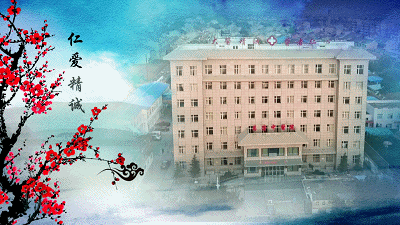


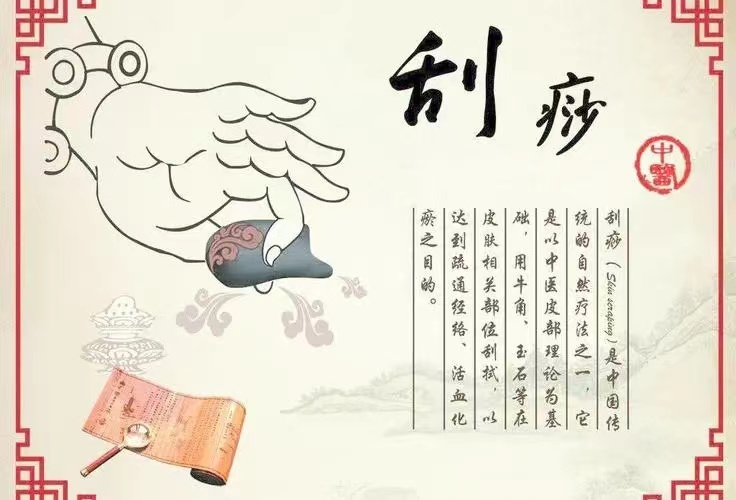 Gua Sha technique is guided by the theory of meridians and acupoints in Traditional Chinese Medicine (TCM). It involves the use of blunt-edged tools, such as buffalo horn, jade, flat stones, or copper scrapers, dipped in Gua Sha oil, water, or lubricants, to scrape specific areas of the body repeatedly, causing local bruising. This technique aims to unblock the meridians, expel pathogenic factors, regulate the flow of Qi and blood, harmonize organ functions, and serve as a method for disease prevention and treatment in TCM.
Gua Sha technique is guided by the theory of meridians and acupoints in Traditional Chinese Medicine (TCM). It involves the use of blunt-edged tools, such as buffalo horn, jade, flat stones, or copper scrapers, dipped in Gua Sha oil, water, or lubricants, to scrape specific areas of the body repeatedly, causing local bruising. This technique aims to unblock the meridians, expel pathogenic factors, regulate the flow of Qi and blood, harmonize organ functions, and serve as a method for disease prevention and treatment in TCM.
Indications
It is suitable for discomfort caused by external pathogenic diseases, such as high fever, headache, nausea, vomiting, abdominal pain, and diarrhea; as well as pain caused by various bone and joint diseases, such as low back pain and shoulder pain.
Common Gua Sha Techniques
1. Direct Scraping Method
First, use a warm towel to clean the area to be scraped, apply the appropriate scraping medium, and directly scrape the skin with the Gua Sha tool until Sha marks appear on the skin surface. This is a commonly used technique.
2. Indirect Scraping Method
Place a thin cloth over the area to be scraped, then scrape the Gua Sha tool over the cloth. This method effectively protects the skin and is mainly used for children and the elderly.
3. Pinching Method
This method can be further divided into pinching, squeezing, and tapping techniques.
4. Needle Scraping Method
Needle prick the surface of the patient’s skin to achieve therapeutic effects. Before needle scraping, prepare 75% alcohol, disinfecting cotton swabs, and a sterilized three-edged needle or a No. 6 injection needle. The scraper first disinfects the local skin with a cotton swab, pinches the skin at the site of the prick with the left hand, and with the right hand, quickly pierces and lifts the needle outward, performing three pricks at each site while squeezing out dark purple blood, repeating 5-6 times, and finally cleaning with a disinfecting cotton ball.
5. Bloodletting Method
This method is suitable for superficial veins in areas such as the elbow pit, popliteal fossa, and temples, also known as puncture therapy, which involves pricking veins or acupoints to induce bleeding for therapeutic purposes.
Operational Methods
1. Check the scraping tool for any damage. Prepare all necessary items.
2. Assume a comfortable position, expose the area to be scraped, and ensure privacy and warmth.
3. Use the Gua Sha board to apply an appropriate amount of medium to the scraping area.
4. Hold the board with one hand, placing it in the palm, pinching it with the thumb, index, and middle fingers, while the ring and little fingers rest against the edges of the board to stabilize it from three angles. During scraping, adjust the angle of the board using finger and wrist strength, maintaining an angle of about 45° between the board and the skin, moving the forearm rhythmically around the elbow joint.
5. The scraping sequence generally starts from the head and face, then to the hands and feet, from the lower back to the chest and abdomen, from the upper limbs to the lower limbs, and from the inner side to the outer side in order.
6. Apply even pressure, starting lightly and increasing to the patient’s tolerance, scraping in one direction without back-and-forth motions. Scraping should continue until the skin shows red-purple discoloration, or forms millet-like, papular spots, or linear patches, accompanied by local warmth or slight pain. For patients who do not easily develop Sha or have minimal Sha, do not force the scraping.
7. Observe changes in the local skin color, inquire about any discomfort from the patient, and adjust the scraping technique accordingly.
8. Generally, scrape each area 20-30 times, with local scraping lasting about 5-10 minutes.
9. After scraping, clean the local skin, assist the patient in dressing, and ensure a comfortable position.
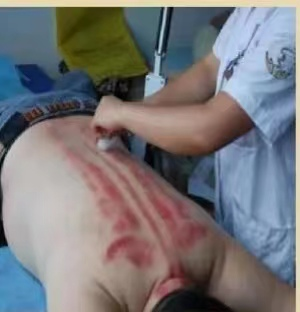
Precautions
1. Before operation, understand the patient’s condition, especially noting that some diseases are contraindicated for Gua Sha, such as severe cardiovascular diseases, liver and kidney dysfunction, bleeding disorders, infectious diseases, extreme weakness, skin abscesses, lumps, and allergies.
2. Gua Sha should not be performed on an empty stomach or after a heavy meal.
3. Acute sprains, swelling, or skin ulcerations are contraindications for Gua Sha.
4. Patients who do not cooperate, such as those who are intoxicated, have schizophrenia, or are convulsing, should not undergo Gua Sha.
5. Pregnant women should not have Gua Sha performed on their abdomen or lower back.
6. Diabetic patients have more fragile skin; extra care should be taken during Gua Sha, applying gentle pressure.
7. If dizziness, lightheadedness, palpitations, cold sweats, pale complexion, nausea, or vomiting occur during Gua Sha, the procedure should be stopped immediately, and the patient should lie down and be treated accordingly.
Gua Sha can promote the smooth flow of Qi and blood in the meridians, unblocking stagnation, making it a beneficial method for disease prevention and treatment. It can regulate organ functions and alleviate pain, but it is not suitable for everyone. Individual constitution should be considered when determining the appropriateness of Gua Sha. Some techniques require professional practitioners to avoid improper handling that could harm the body.
Department Introduction

Wangrong County Traditional Chinese Medicine Hospital’s Internal Medicine Department is a clinical foundation department that integrates prevention, treatment, nursing, research, and teaching. Since its establishment, with the careful development and strong support from various leaders, under the leadership of discipline leader Yang Huifang and department head Jia Weiqi, it has adhered to the path of integrating Chinese and Western medicine, strengthening the unique aspects of TCM while keeping pace with Western medicine. Over the years, all medical staff have worked together diligently to continuously improve their professional skills, accurately diagnosing and promptly managing common and frequently occurring internal diseases, as well as critical and severe conditions. Currently, the department treats conditions such as precise management of hypertension, hypertensive emergencies, basic treatment of coronary heart disease, acute and chronic heart failure, comprehensive management of diabetes and its acute and chronic complications, thyroid diseases, various types of dizziness, chronic gastritis, peptic ulcers, chronic bronchitis, chronic obstructive pulmonary disease, and common cardiovascular and cerebrovascular diseases. The department has a strong team with excellent skills, rich clinical experience, and dedication, currently comprising 11 medical staff, including 2 associate chief physicians, 2 attending physicians, 1 physician, 1 head nurse, 2 nurses, and 3 staff nurses. The department is equipped with dynamic electrocardiogram monitors, dynamic blood pressure monitors, electrocardiogram monitors, defibrillators, electroacupuncture devices, nebulizers, medium-frequency pulse therapy devices, PPD lamps, infrared lamps, moxibustion pots, cupping devices, ear acupuncture, herbal fumigation, Gua Sha, magnetic round needles, fire dragon moxibustion, indirect moxibustion, navel moxibustion, acupoint application, and foot bath basins, among other medical equipment and TCM techniques. We always adhere to the patient-centered, individualized service concept, formulating personalized plans based on the specific conditions of patients, applying and leveraging the unique advantages of TCM alongside Western medicine to enhance medical quality and alleviate patient suffering.

Submitted by: Internal Medicine Department
Edited by: Party Office
Reviewed by: Chen Jie, Li Zhenkai
